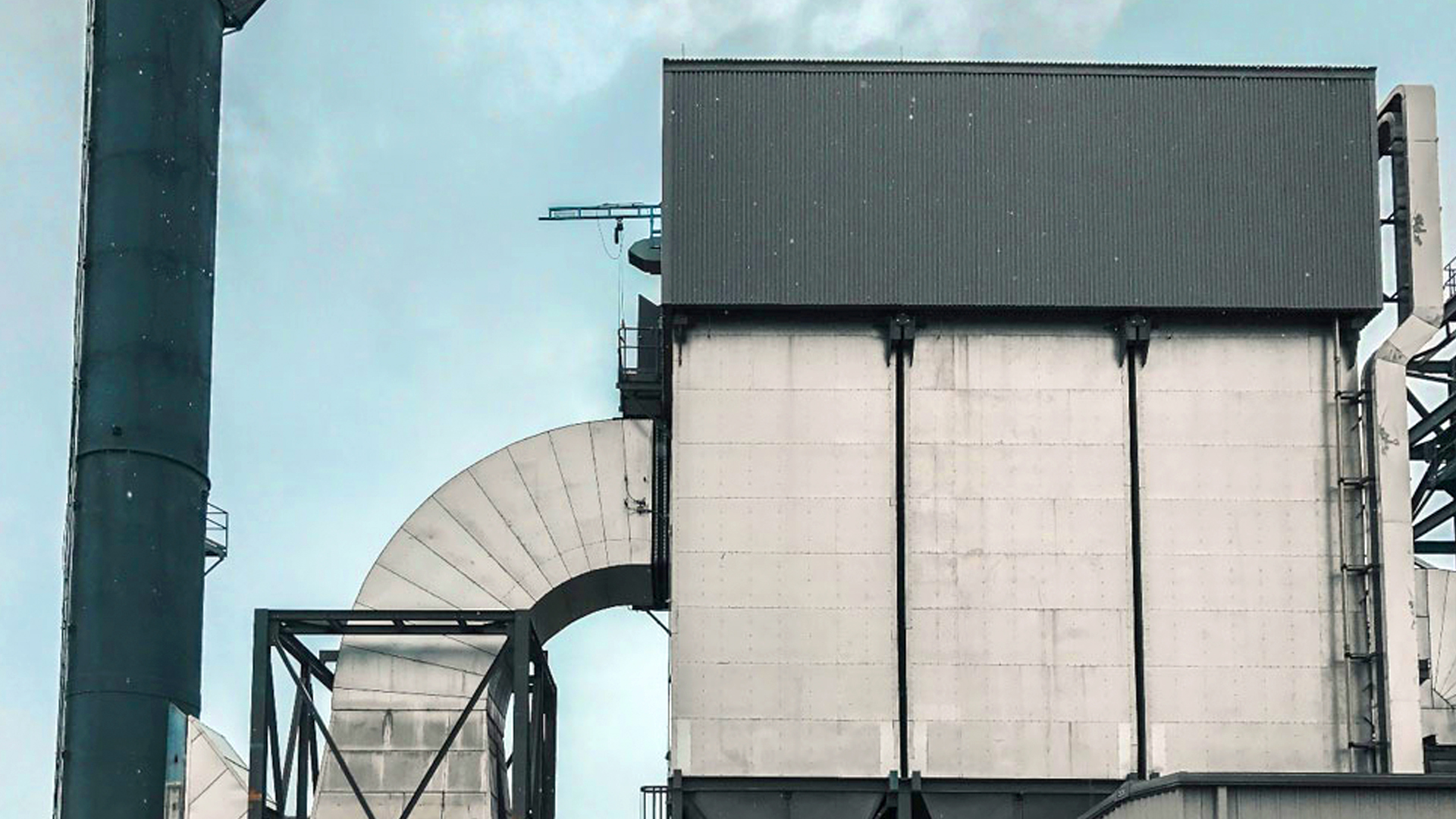Fabric filter is the technical term for what is commonly known as a baghouse or dust collector. A fabric filter is an air pollution control device that removes particulate matter from a process gas stream before it is emitted into the atmosphere.
Dust laden gases come in contact with filter bags inside a baghouse. Depending on the type of fabric filter, dust comes in contact with the filter bag and either collects on the inside or outside of the bag.
Types of Fabric Filters
There are many types of “dust collectors” and terms used for the dry technologies that collect particulate matter from a gas stream. These terms include: Pulse-Jet Dust Collector System (can be a fabric filter), Reverse Air Baghouse, Cyclone, Cartridge Collector, or Shaker Collectors. However, for this brief we will focus on fabric filters.
There are several types of fabric filters, but they all have a few items in common:
- Dirty air plenum
- Clean air plenum
- Tubesheet (holds the bags in place)
- Filter media or bags
- Hopper, or opening, to collect the dust
- Cleaning system
Extensive Research and Development
In 1947, Dustex (now known as LDX Solutions) started engineering and designing high efficiency cyclones in response to the food industry’s need for product collection. Since then, the design and engineering has evolved, and the market has a variety of collection equipment for a variety of application. Today, the Dustex® branded products include many types of our designed and engineered dust collectors and fabric filters.
Types of Fabric Filters
For “fabric filters” or baghouses the main difference in the designs is how the filter bags are cleaned.
Pulse-Jet Fabric Filter
With a pulse-jet fabric filter, the bags are supported by metal cages and they hang from a tubesheet located at the top of the fabric filter. The process is such that as the dirty air enters the fabric filter, the dust/particulate matter is collected on the outside of the bags as the air passes from the outside to the inside; building up a dust cake. The now clean air then exits the fabric filter. Pulsing or short bursts of compressed air cleans the bags of the dust buildup at regular intervals; intervals can be determined by system differential pressure or time. Cleaning can be online, meaning this occurs while the fabric filter is still in operation, or offline, meaning the compartment no longer has process air flowing through it during the cleaning cycle.
Reverse Air Baghouses
A reverse air baghouse cleans at a lower pressure than a pulse-jet baghouse. Instead of using compressed air, cleaning air is generated by a low pressure/high volume fan which blows reverse air into the clean air plenum to remove the dust. Reverse air baghouses are typically cleaned offline.
A reverse air fabric filter collects dust on the inside of the bags (as opposed to the outside of the filter bags as seen on pulse jet units). No cages are supporting the bags so as the dust cake cuts off the inflow of dirty air, it uses the reverse flow of clean air to remove the dust. The bags partially collapse and remove the dust.
In the past, the argument for reverse air baghouses in lieu of a pulse-jet baghouse was that the high pressure and compressed air led to higher operating costs with a pulse-jet fabric filter. However, if designed properly for your operation, this cost can be kept in check. Improperly sizing a fan for a reverse air baghouse can be just as costly from an operational expense.
Shaker Baghouses
The shaker baghouse bags usually hang from the top of the unit and attach to the tube sheet at the bottom. The cleaning process is mechanically shaking the bags. Generally, the dirty air enters the baghouse from the bottom and is pulled through the inside of the bags, where the dust is collected. The cleaning process is off-line, meaning that the system must be shut off for the shaker to remove the dust.
In Summary
Note: There is a science to designing a system that meets your operation’s process conditions. It is important that you carefully consider an experienced and successful supplier with a long history of operating installations. A properly sized fabric filter and properly prescribed filter media or bags, can provide you with a high efficiency filtration system and long bag life.
Today, fabric filter technology is often prescribed as part of a solution for a plant process that not only has particulate matter in its process but also includes NOx, SOx, Mercury or some other form of gas pollutant.
We are available to assist you in determining your operation’s needs, contact us.

